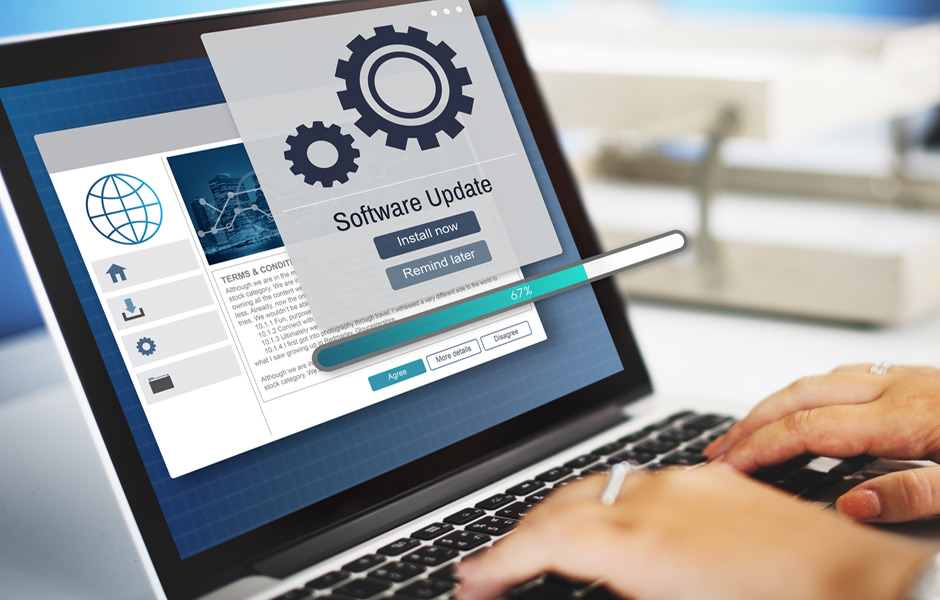GST – How To Prepare For It?
By Dattatrey R.Kulkarni Posted November 29, 2016 In Management, SAP Technology
While the government of India as announced July 1st 2017 as the go live date for GST, certain details are still being worked out either at political level or at centre-state level in regards to administration of tax assessment, scrutiny etc.
In the meanwhile Government has asked companies to start registering themselves on the GST portal indicating yet again about its determination to make it applicable from 1st July 2017.
Good amount of information is now available on Government’s website http://www.cbec.gov.in/htdocs-cbec/gst and its high time that companies start assessing their readiness to adopt this law and take required preparatory steps to be compliant with it. Big question is how do companies prepare for this and/or what actions may be required from their (or their business partners’ side) side to make this happen.

In very simple terms, the broad level action items may look as follows:
- Develop understanding about GST and create awareness in your company
- Understand the basics of the proposed law
- Familiarization of GSTN
- Acquire knowledge about different reports and returns that will be needed
- Assess how it can impact your business strategically and plan for appropriate actions
- Impact on your revenue and cost streams in new tax regime (price changes, passing of benefits to customers, competitive analysis etc.)
- Review you existing supply chains for bringing more efficiencies (for example, consider centralization of manufacturing supported by delivery points or warehouses across your market, instead of having multiple manufacturing locations)
- Impact on your own books of accounts, tax liabilities, tax credit etc.
- Plan to upgrade your SAP Business One system to make your application compliant with GST
- Setting up a task force that will manage the change within your company
Existing tax practitioners of Excise, VAT & Service tax are getting equipped to handle consulting requests from customers on GST. They can help a company make good progress on points 1 thorough 4 in the above list.
Upgrade of SAP Business One System
Being an enterprise software application, SAP Business One needs to have the capability to handle GST. SAP is on the job and a certain patch level may come out having GST flavor to it. However, this is the simplest problem getting solved as far as the customer’s readiness to adopt GST is concerned. Significant efforts will be required from the customer’s side along with its SAP partner to make use of the upgraded system meaning fully and get down the road of ‘compliant with GST’.

Some of the critical tasks in hand are:
- Updating Business Partner master data
- In customer master, each ‘ship-to-address’ may become critical while determining the point of consumption
- Updating item master
- HSN (Harmonised systems of nomenclature) for materials or SAC (services accounting code) for services
- Review and define new tax codes
- Using the existing tax engine
- Automatic tax determination will undergo change
- Plan for handling open items in GL accounts for Excise, Service Tax and VAT
- In order to take credit of the open purchase invoices under existing tax regime, companies need to keep the purchase data accurately and claim input tax credit (ITC) as prescribed in the law

